When it comes to clothing, comfort is paramount. Whether you’re lounging at home, running errands, or attending a casual gathering, the right attire can significantly enhance your overall experience. But what type of clothing is most comfortable? This question is multifaceted, as comfort can be subjective and influenced by various factors, including fabric, fit, and personal preference. In this article, we will explore the key elements that contribute to comfortable clothing, helping you make informed choices for your wardrobe.
Understanding Comfort in Clothing
Comfort in clothing is not merely about softness; it encompasses a range of factors that affect how a garment feels against the skin and how it allows for movement. Here are some critical aspects to consider:
- Fabric Composition: The material of a garment plays a crucial role in its comfort level. Natural fibers like cotton, linen, and bamboo are often preferred for their breathability and moisture-wicking properties. Cotton is soft and hypoallergenic, making it ideal for sensitive skin. Linen, on the other hand, is lightweight and perfect for warm weather, while bamboo is known for its antibacterial qualities. Synthetic fabrics, such as polyester and spandex, can also offer comfort, especially when blended with natural fibers to enhance stretch and durability.
- Fit and Cut: The fit of a garment can make or break its comfort level. Loose-fitting clothing often allows for better airflow and unrestricted movement, while tailored pieces can provide a polished look without sacrificing comfort. It’s essential to consider your body type and personal style when selecting fits. For instance, oversized tees and relaxed-fit pants are popular choices for casual wear, while joggers and athleisure wear offer both style and comfort for active lifestyles.
- Design Features: Certain design elements can enhance the comfort of clothing. Features like elastic waistbands, adjustable straps, and flat seams can prevent irritation and allow for a better fit. Additionally, clothing with moisture-wicking technology can keep you dry and comfortable during physical activities. Look for garments with thoughtful design details that cater to your specific needs.
Categories of Comfortable Clothing
To help you navigate the world of comfortable clothing, we’ve categorized some of the most popular options:
- Loungewear:
Loungewear is designed for relaxation and comfort. Think soft joggers, oversized sweatshirts, and cozy hoodies. Fabrics like fleece and jersey are commonly used for their softness and warmth. Look for sets that allow for mixing and matching, providing versatility for both lounging at home and stepping out for errands.
- Athleisure:
Athleisure has become a staple in modern wardrobes, blending functionality with style. This category includes leggings, sports bras, and moisture-wicking tops that are perfect for workouts but also stylish enough for casual outings. The key to comfortable athleisure is finding pieces that offer support without being restrictive.
- Casual Wear:
Casual wear encompasses a wide range of clothing options, from relaxed-fit jeans to flowy dresses. Fabrics like cotton blends and modal are popular for their softness and drape. When choosing casual wear, prioritize pieces that allow for movement and can be easily layered for changing temperatures.
- Sleepwear:
Comfortable sleepwear is essential for a good night’s rest. Look for breathable fabrics like cotton or bamboo that allow for airflow. Styles such as loose-fitting pajamas or nightgowns can enhance comfort while you sleep, ensuring you wake up refreshed.
Tips for Choosing Comfortable Clothing
- Prioritize Fit: Always try on clothing before purchasing. Pay attention to how it feels when you move. If it restricts your movement or feels tight, it’s best to choose a different size or style.
- Consider Your Activities: Think about your daily activities when selecting clothing. If you’re often on the go, opt for versatile pieces that can transition from day to night with ease.
- Invest in Quality: While it may be tempting to buy cheaper options, investing in high-quality clothing can pay off in comfort and durability. Look for well-constructed garments that will withstand regular wear.
- Don’t Forget About Care: The way you care for your clothing can also impact comfort. Follow washing instructions to maintain the integrity of the fabric and avoid shrinkage or fading.
Conclusion
Finding the most comfortable clothing involves understanding your personal preferences and the various factors that contribute to comfort. By considering fabric, fit, and design features, you can curate a wardrobe that not only looks good but feels great too. Whether you’re lounging at home or heading out for a casual outing, the right clothing can enhance your comfort and confidence. Embrace the journey of discovering your perfect fit, and enjoy the freedom that comes with comfortable clothing.

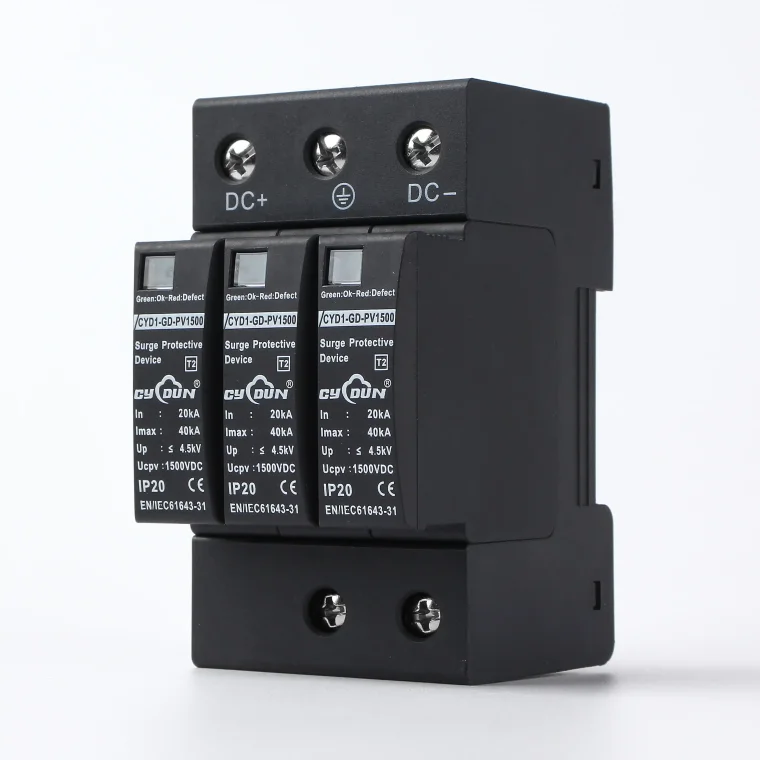
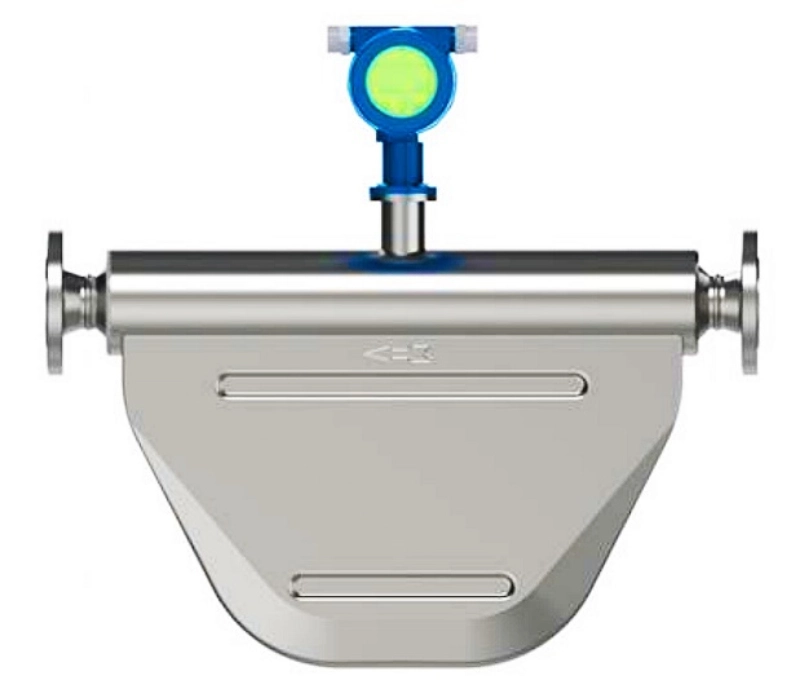
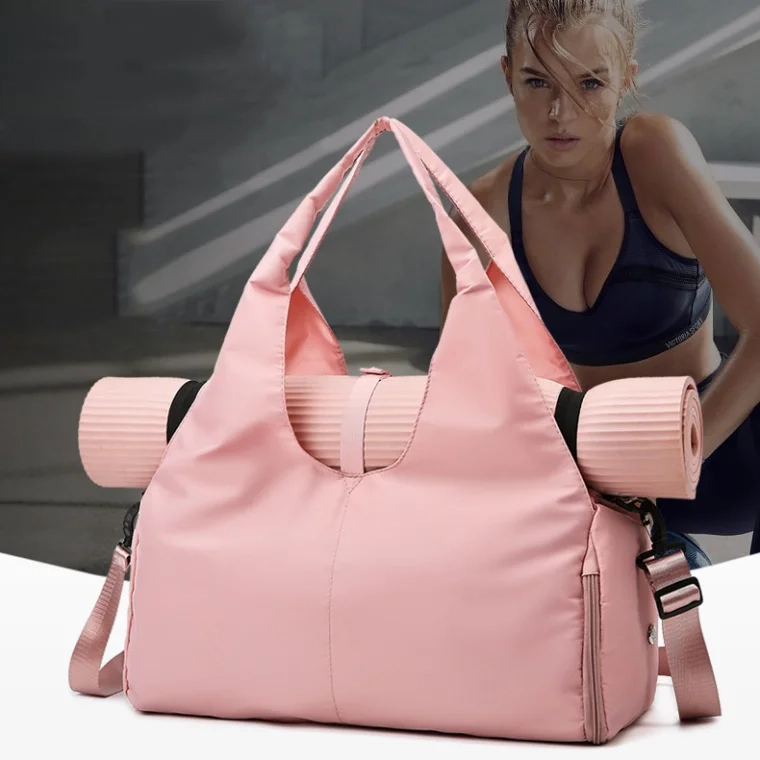

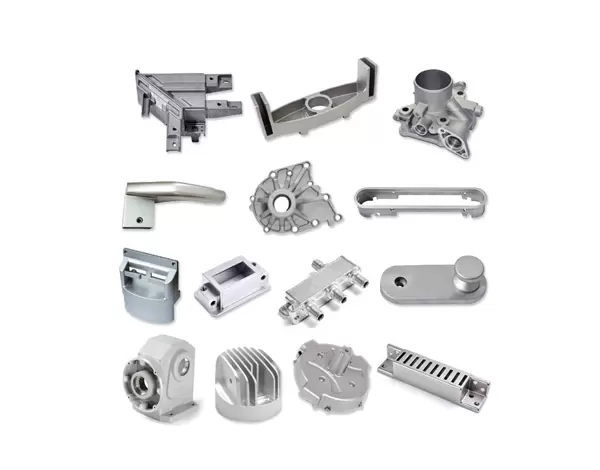
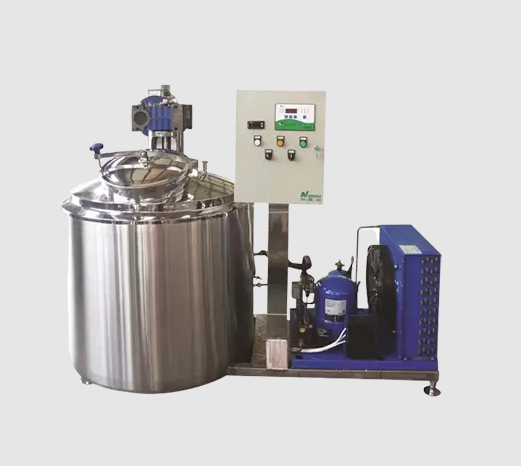
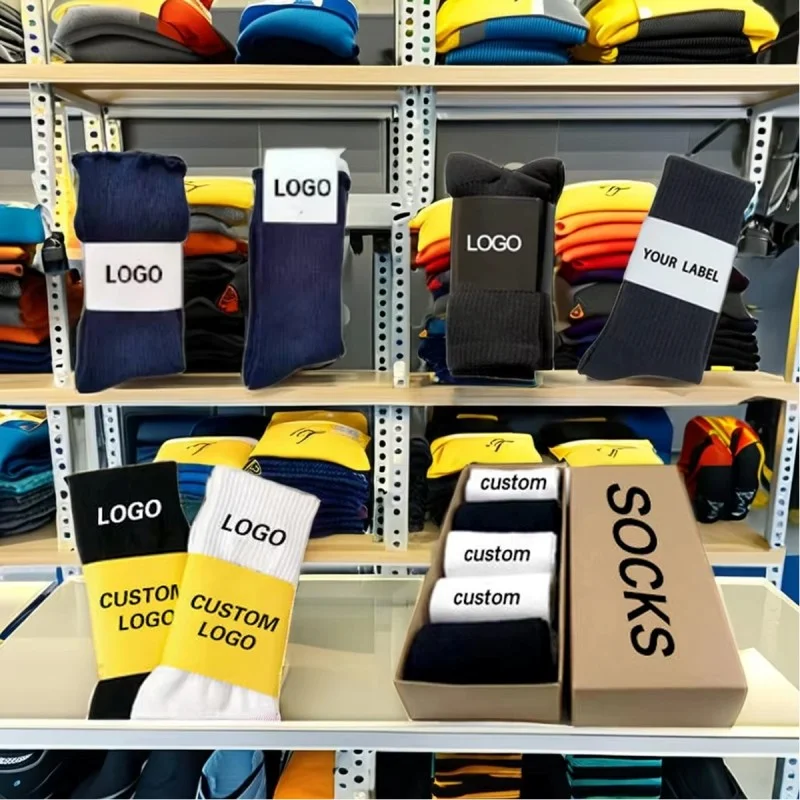
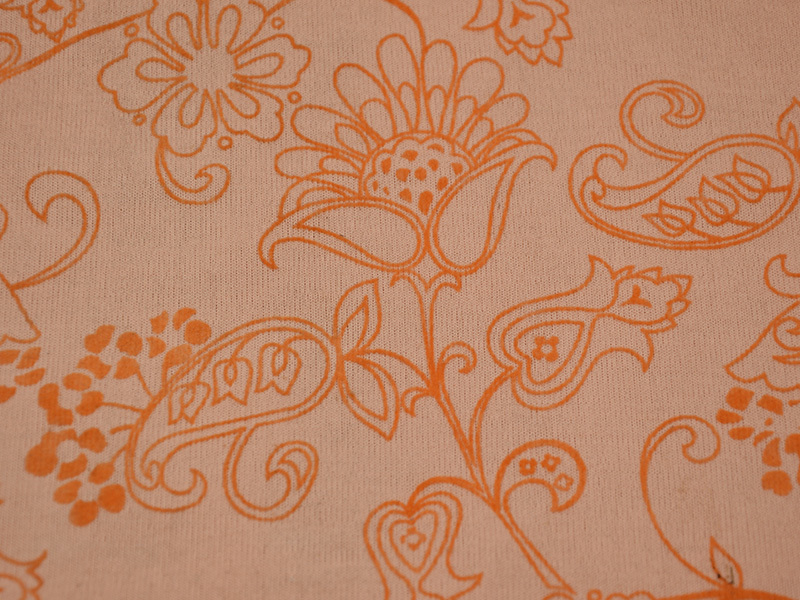
+ There are no comments
Add yours